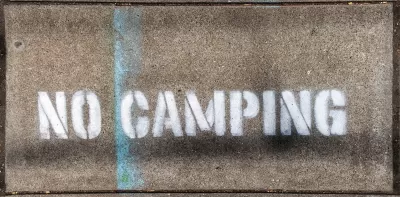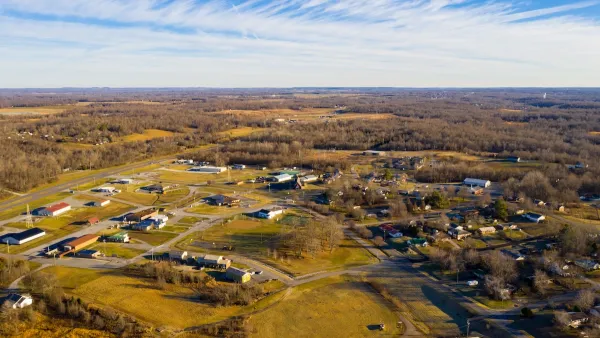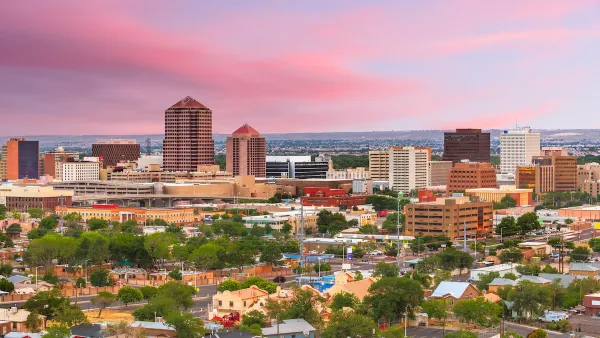Cities have access to tools that can more effectively capture information about unhoused residents and pinpoint what types of resources are needed and where.

The number of people experiencing homelessness is vastly undercounted by the official federal count, writes Tamera Kohler in an opinion piece for Governing — but cities can do better.
Kohler argues that there are existing tools and methods that can help cities more accurately understand the scale of the homelessness crisis. “Better yet, they can allow cities to identify every unhoused person by name, track their personal history with homelessness, and address their specific housing and health needs.”
According to Kohler, “The shortcomings of the point-in-time count are numerous; it simply can't encapsulate the complex and varied forces behind homelessness.” Unhoused people may not be sleeping outdoors every night, and punitive laws can push people to less visible places. In some cases, lack of access to certain properties (for example, San Diego advocates only started counting people on California Department of Transportation property in 2023) can make a major difference in the count. The challenges are often exacerbated in rural areas, where dispersed geography contributes to difficulty in accurately identifying unhoused residents.
Kohler recommends homeless management information systems (HMIS) as one tool for tracking people’s needs and interactions with local services. “An even more powerful way of using HMIS technology is creating by-name data — comprehensive data sets updated in real time that record each person's name, needs, circumstances and history with homelessness. By-name data empowers communities to coordinate personalized care and resources for individuals.”
FULL STORY: We Need Better Data to Combat Homelessness

Maui's Vacation Rental Debate Turns Ugly
Verbal attacks, misinformation campaigns and fistfights plague a high-stakes debate to convert thousands of vacation rentals into long-term housing.

Planetizen Federal Action Tracker
A weekly monitor of how Trump’s orders and actions are impacting planners and planning in America.

San Francisco Suspends Traffic Calming Amidst Record Deaths
Citing “a challenging fiscal landscape,” the city will cease the program on the heels of 42 traffic deaths, including 24 pedestrians.

NYC Congestion Pricing: Still Working
10 million fewer vehicles entered the congestion pricing zone in the first six months of the program than last year, while pedestrian fatalities are at ‘historic lows.’

Adaptive Reuse Will Create Housing in a Suburban Texas Strip Mall
A developer is reimagining a strip mall property as a mixed-use complex with housing and retail.

Study: Anti-Homelessness Laws Don’t Work
Research shows that punitive measures that criminalized unhoused people don’t help reduce homelessness.
Urban Design for Planners 1: Software Tools
This six-course series explores essential urban design concepts using open source software and equips planners with the tools they need to participate fully in the urban design process.
Planning for Universal Design
Learn the tools for implementing Universal Design in planning regulations.
Heyer Gruel & Associates PA
JM Goldson LLC
Custer County Colorado
City of Camden Redevelopment Agency
City of Astoria
Transportation Research & Education Center (TREC) at Portland State University
Jefferson Parish Government
Camden Redevelopment Agency
City of Claremont





























